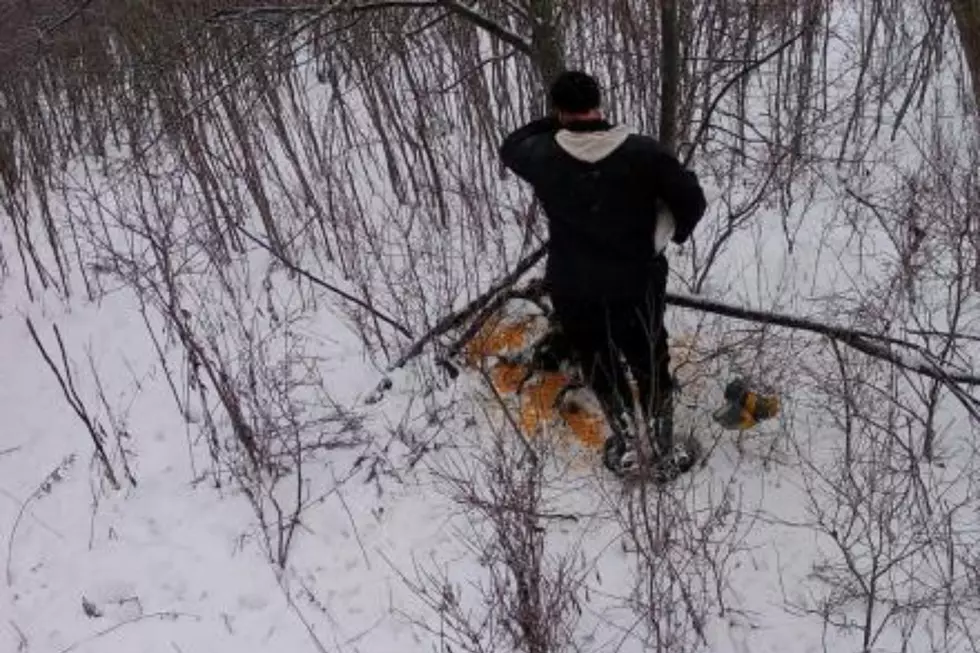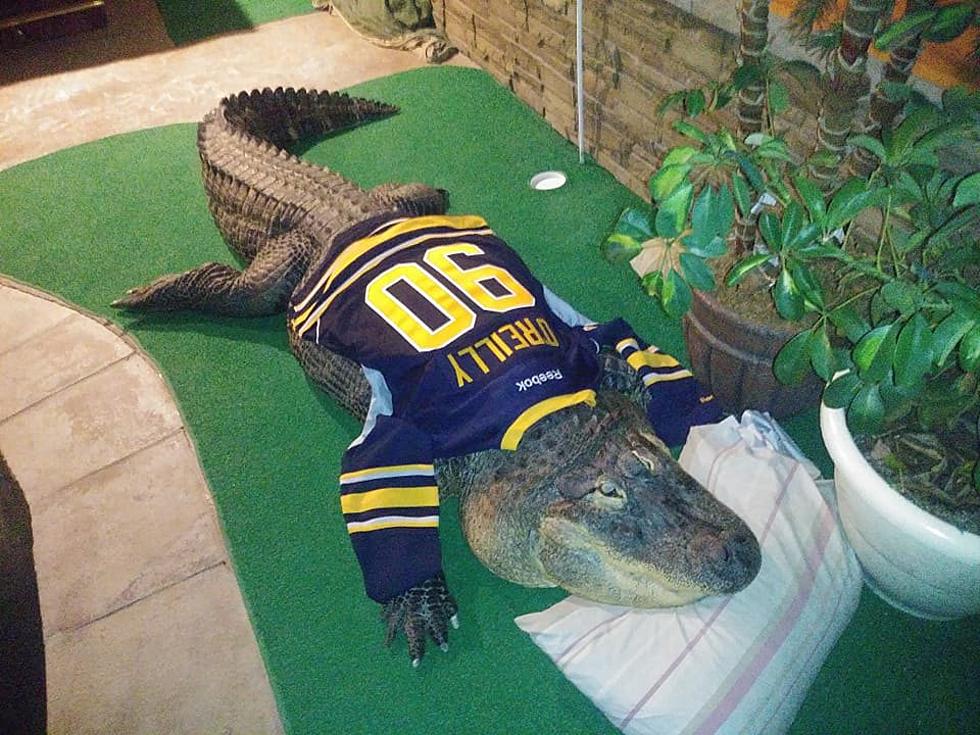
Insurance, What Coverage Do You Need? – AG Matters
The only thing more complex than taxes may be insurance coverage. Jim Manning with Cornell Cooperative Extension has some tips on understanding how property values are calculated and making sure you have the right coverage.
Jim's article in CCE's February Farm Flash comes from a his converssation with a farm insurer and Penn State's Extension program.
There are three basic ways of calculating the value of something that has been lost or damaged due to insurable losses. These are actual cash value (ACV), replacement cost value (RCV), and functional replacement cost (FRC). Your policy may use any one or a combination of these to value the cost of the item damaged.
ACV is the cost to replace the item, less accumulated depreciation. For example, if a tractor that originally cost $50,000 is lost in a fire, the value of the tractor will be $50,000 minus whatever depreciation is attributed to the tractor. The depreciation used in this calculation does not necessarily match the depreciation used for tax purposes.
RCV is the amount needed to repair or replace the damaged item. For example, if a building damaged by fire or wind is repairable, the value received will be the cost of the repairs to that building. If the building is a total loss, the value received will be the cost to replace the building up to policy limits.
FRC is the similar to RCV in that the item will be repaired or replaced with similar kinds and quality materials. FRC is designed to protect property that is somewhat obsolete, but still usable. FRC coverage assigns a “value” to the obsolete building’s usability and applies that value to a new structure that is functional.
Read more of Jim's article on page 9 of Farm Flash. It provides more details on coverage for barns, non-attached buildings, silos, portable buildings, pens, equipment and grain. The Penn State Extension's article has more insurance tips on covering workers, crops
SOURCE: Cornell Cooperative Extension - Jim Manning
More From Big Frog 104









